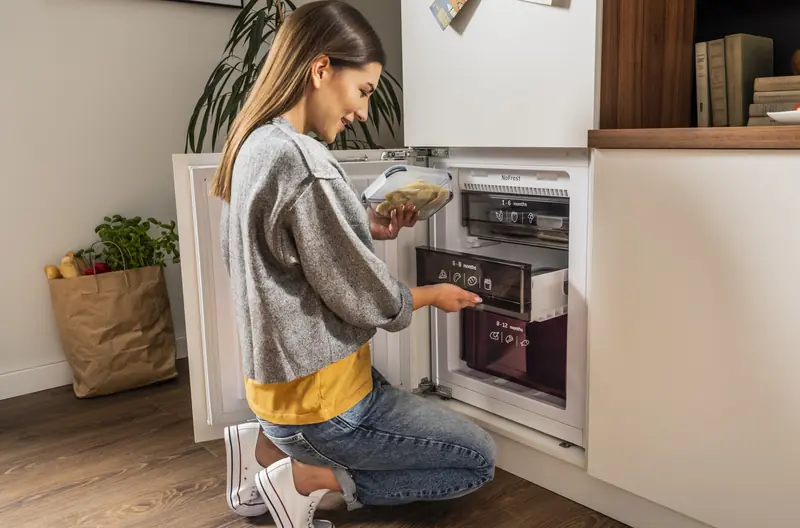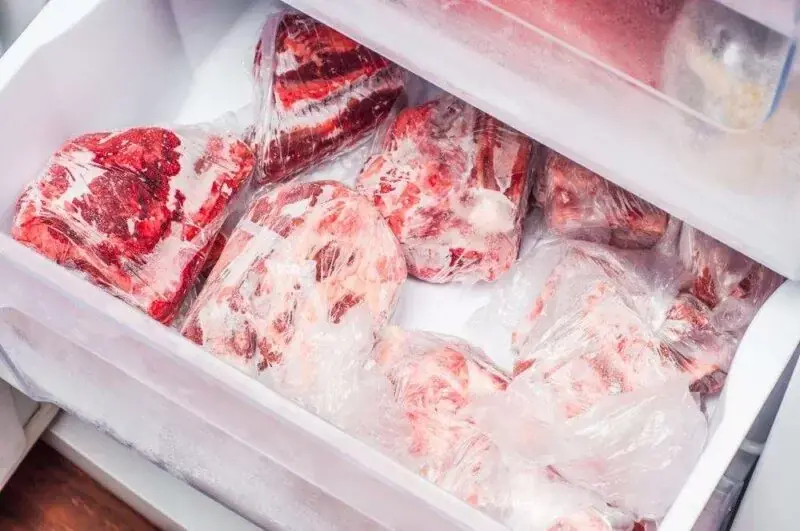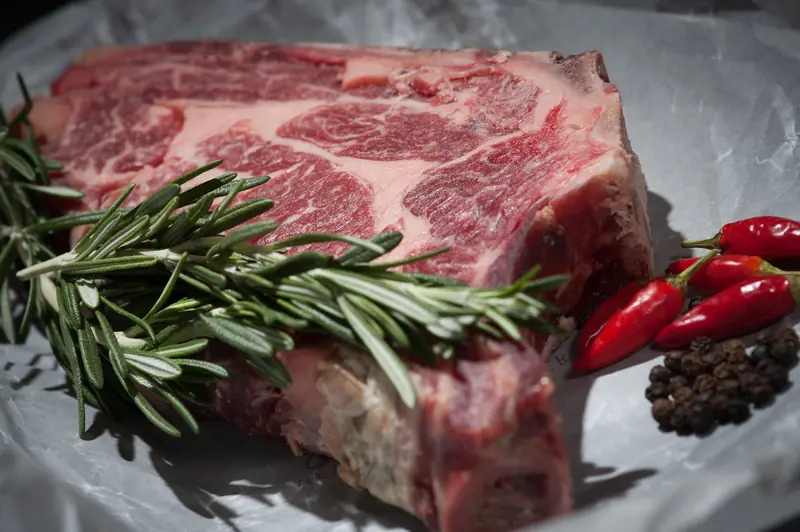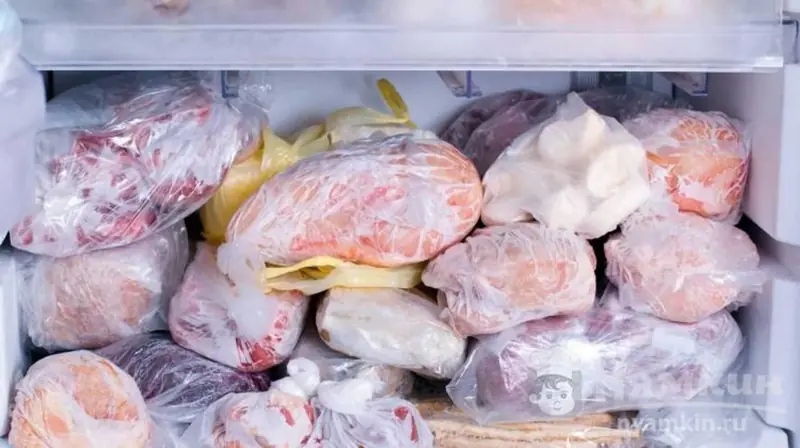
Chances are, you’ve already dealt with freezer burn on your food. That old package of meat or leftovers you stored away to prevent spoilage has taken on a strange color and is covered in ice. Is it still safe to eat? And how can you prevent freezer burn from happening again?
What is Freezer Burn?
This term can be a bit misleading: what we refer to as freezer burn is actually the result of dehydration. When you freeze any food, the water inside it turns into ice crystals. Over time, the ice migrates to the surface of the food and typically moves toward the inner walls of the freezer. Of course, if your freezer has a self-defrosting feature, you won’t have to spend time scraping off the ice buildup yourself.
When food is not tightly packaged, ice is more likely to escape, dehydrating it and causing what we call “freezer burn.” This is more likely to happen if the food has been sitting at the bottom of the freezer for an extended period or if the temperature inside is too low.
Another important factor that contributes to freezer burn is oxygen. Once the moisture has left the food, oxygen can seep in and alter the color and flavor of the product. For example, red meat can turn a dull gray.

Is Food with Freezer Burn Safe to Eat?
Generally, freezer burn is considered more of a quality issue than a safety concern, according to IFLScience.
“Freezer burn doesn’t make food unsafe; it just dries it out in certain areas,” states the U.S. Department of Agriculture’s Food Safety and Inspection Service (FSIS).
However, such food isn’t exactly appetizing. Once you taste it, you’ll quickly realize that the flavor and texture have been compromised. “Cut away the freezer-burned parts, either before or after cooking. Severely freezer-burned products may need to be discarded,” advises the FSIS.
The agency also highlighted recommended storage times for various foods in the freezer. For instance, raw steaks can be good for about a year, while cooked poultry is best eaten within four months. Again, this pertains to quality rather than safety. If something has been languishing at the bottom of the freezer longer than you can remember, if it smells odd, or if you can’t even identify what it is, it’s probably best to just throw it out.

How to Prevent Freezer Burn?
To avoid freezer burn, follow a few simple tips. The National Center for Home Food Preservation at the University of Georgia has a detailed guide on freezing. Experts particularly emphasize the importance of packaging. As mentioned earlier, freezer burn occurs when moisture escapes from food and air gets in. Therefore, it’s crucial to ensure that food is tightly sealed.
Experts at the center assert that “store-bought meat needs to be repackaged, as its clear packaging is not moisture-vapor resistant.”
Some foods require special preparation before freezing. For example, seafood or fish fillets should be briefly submerged in ice water to create a protective coating that prevents air from penetrating.
If you need to freeze a large quantity of food at once, you can temporarily lower the temperature in the freezer.

Conclusion
If you decide to eat leftovers that have been forgotten in the freezer, their freezer burn won’t harm your health. However, they may taste unpleasant. The key is to prevent moisture from escaping the food and air from getting in. It’s also important to remember that freezer burn is more likely if foods are stored for too long.
It’s best to freeze only what you’re likely to eat within a few months.
And remember, if you don’t accumulate forgotten food, there will be more room for ice cream. And that’s a real treat.
